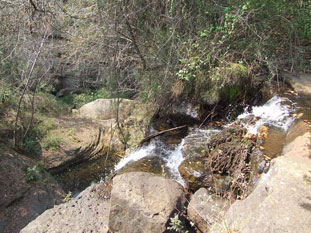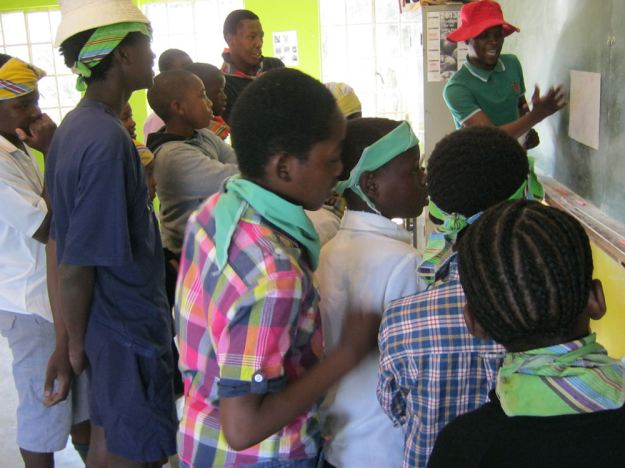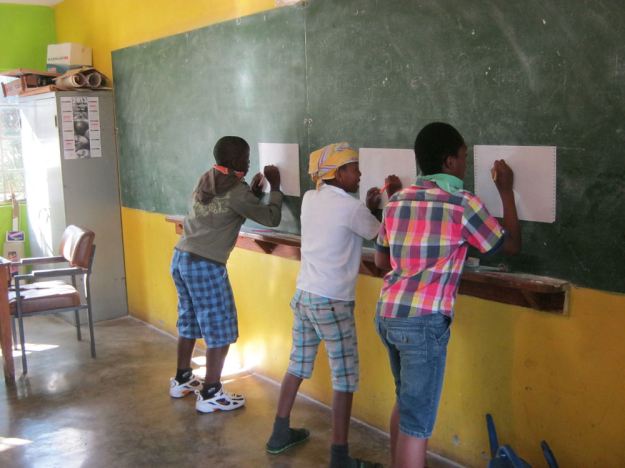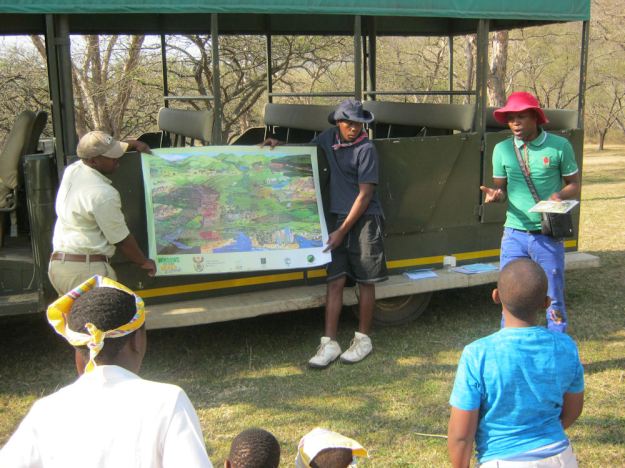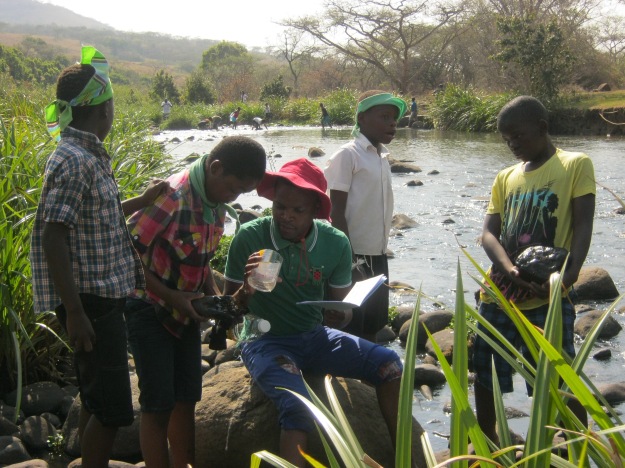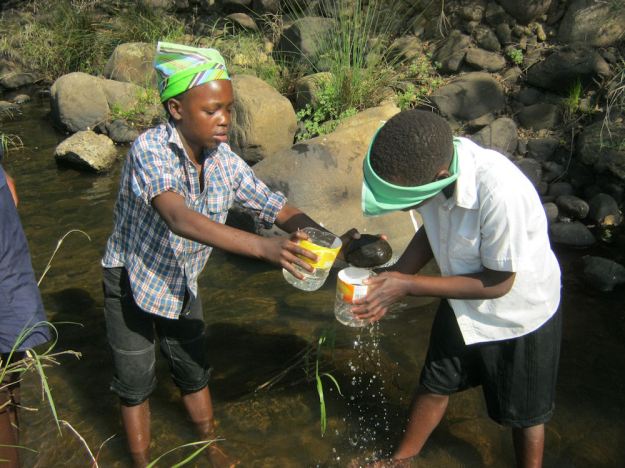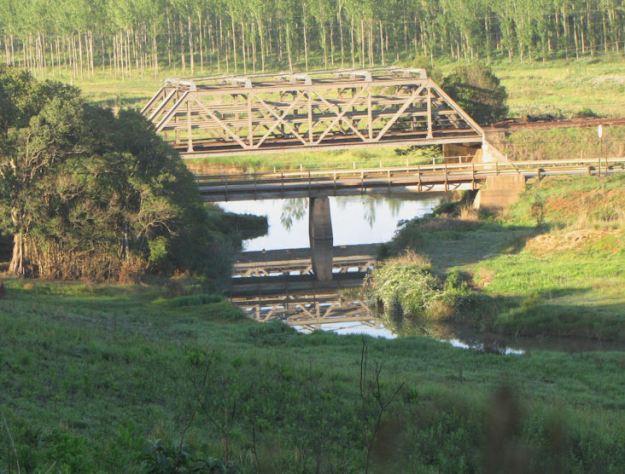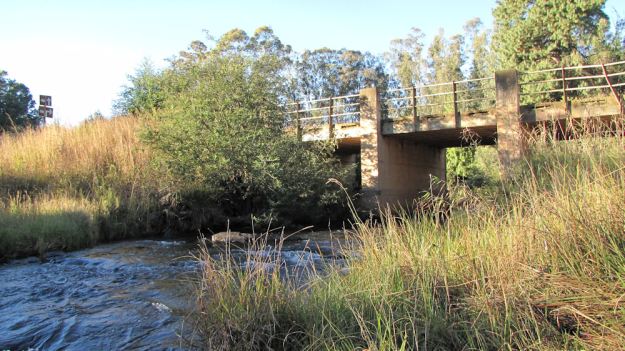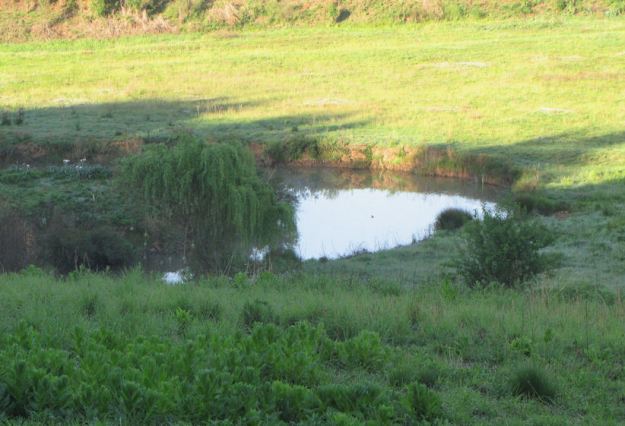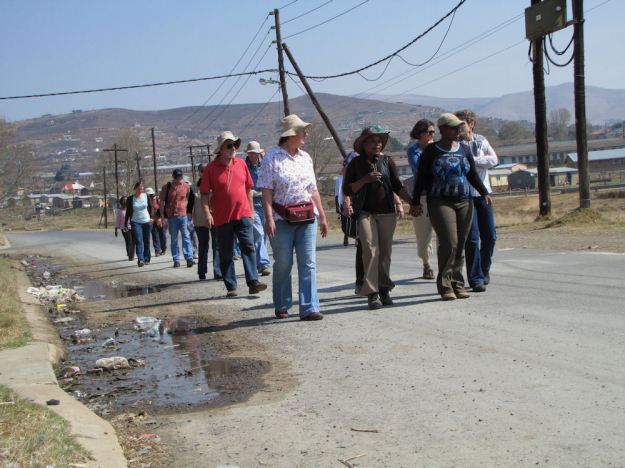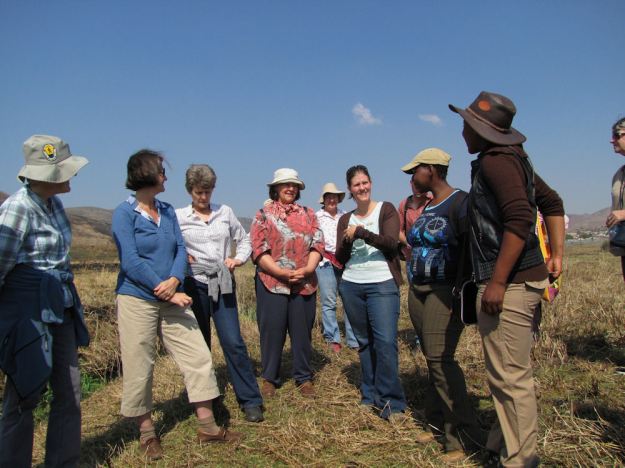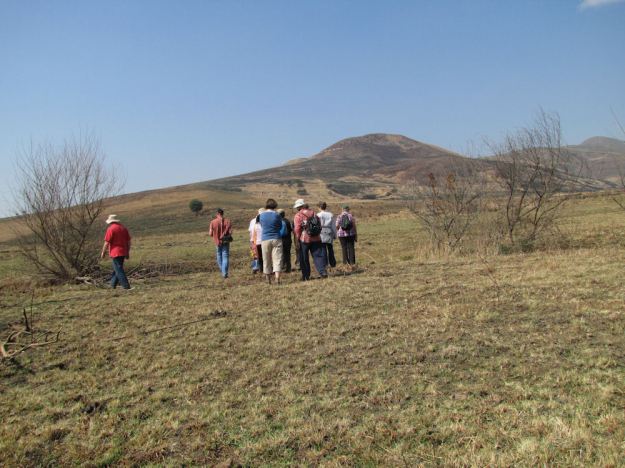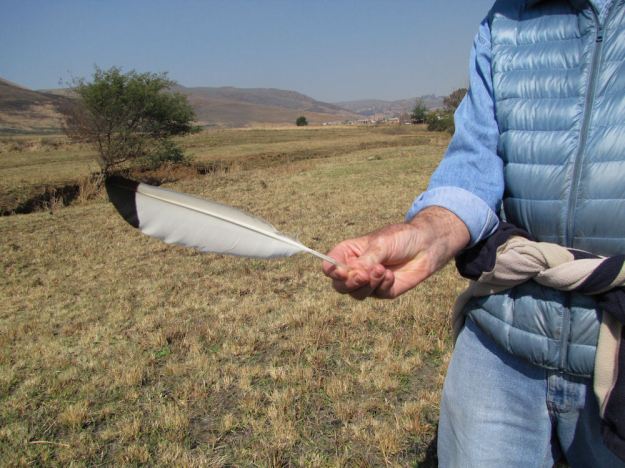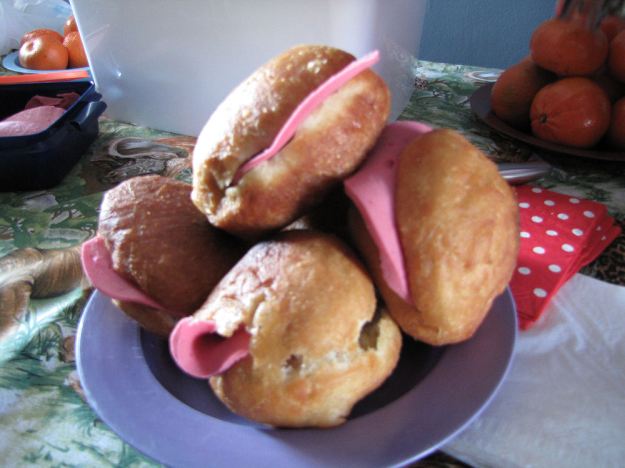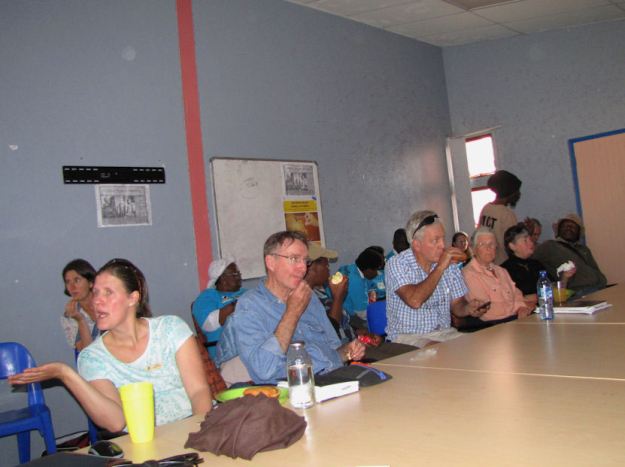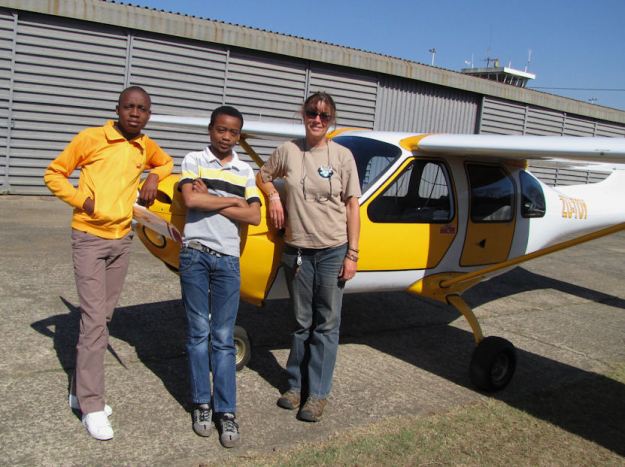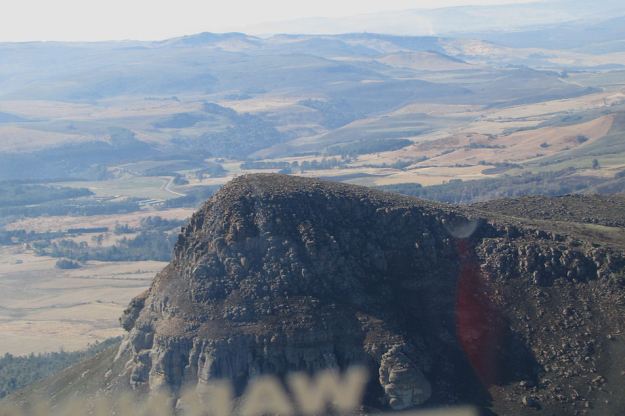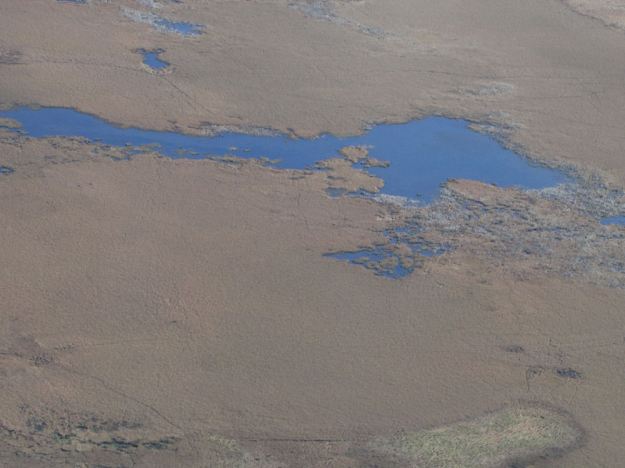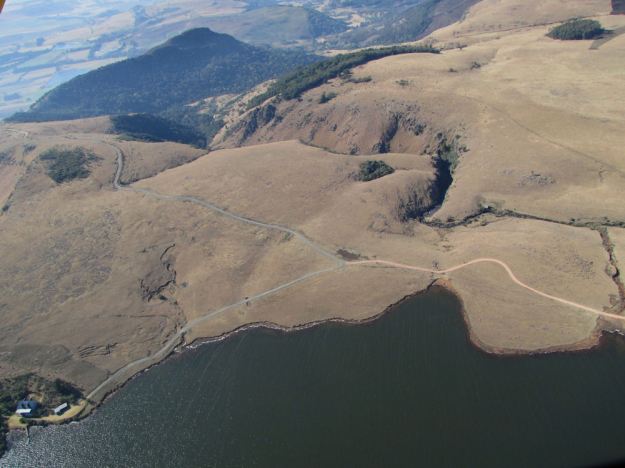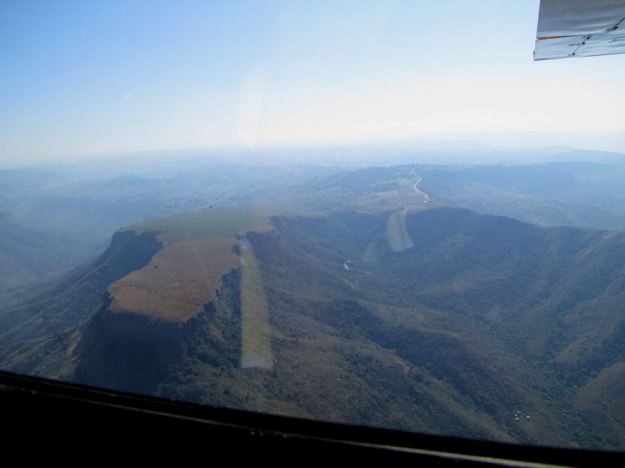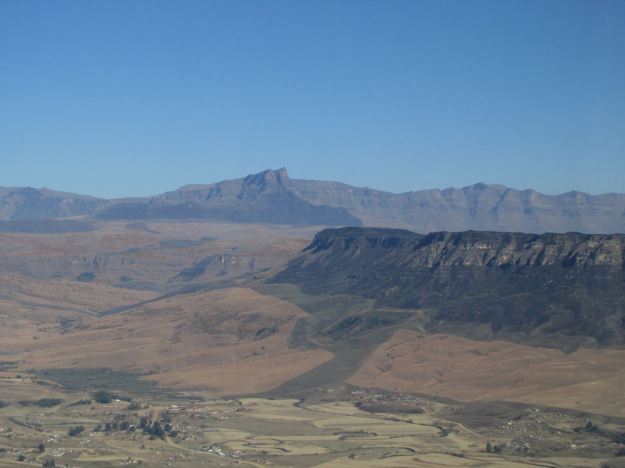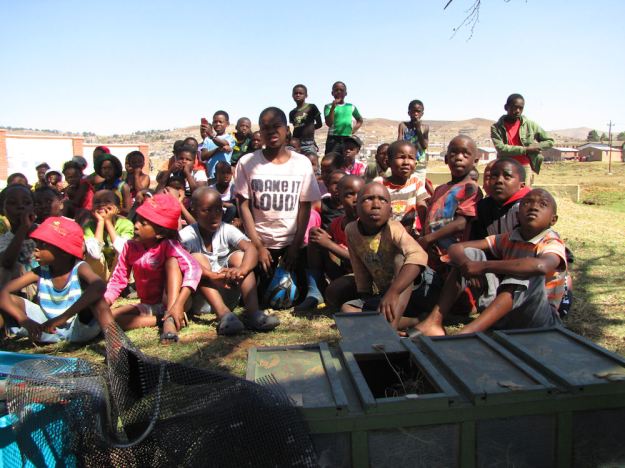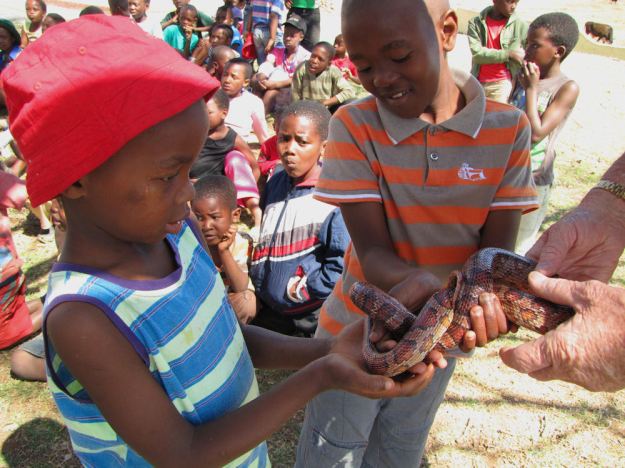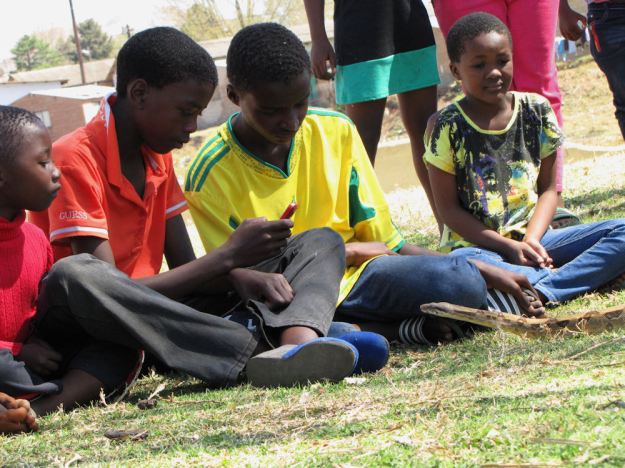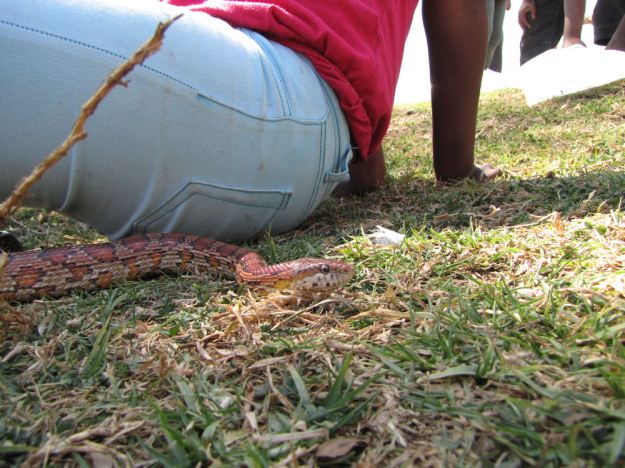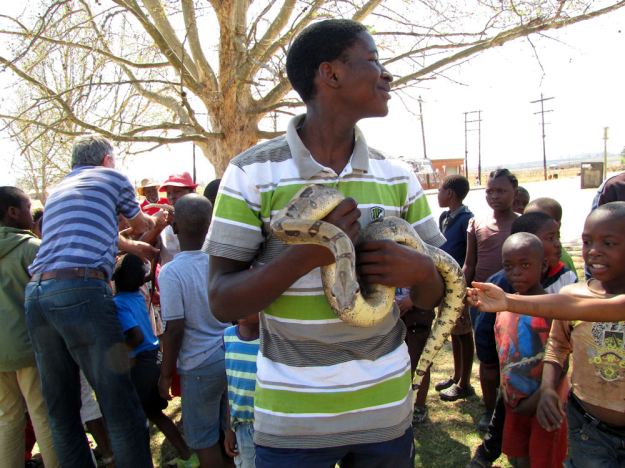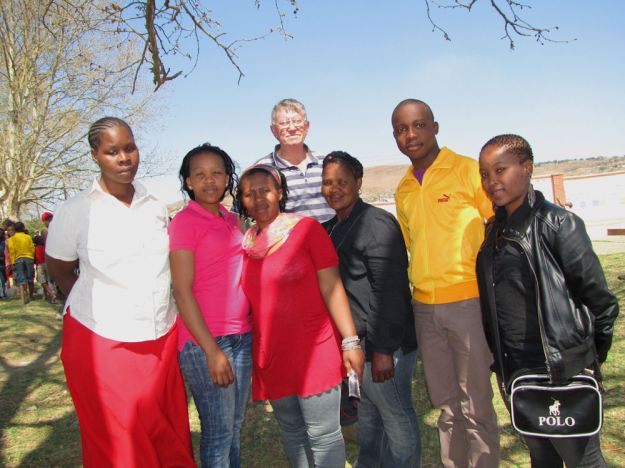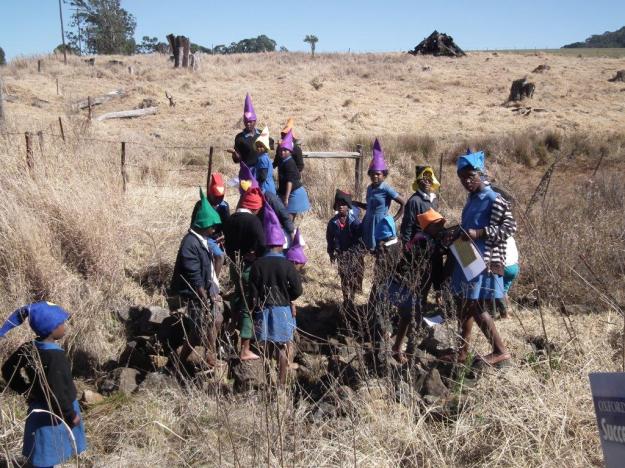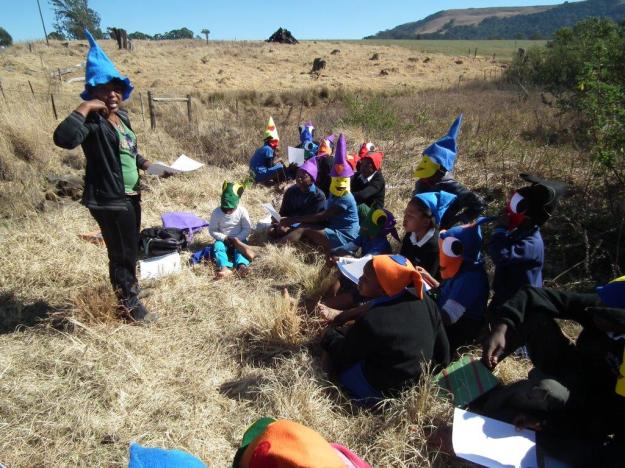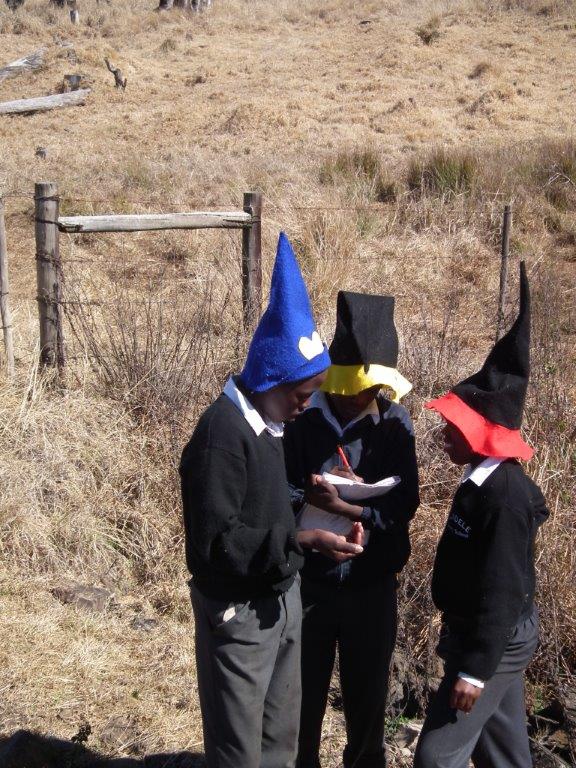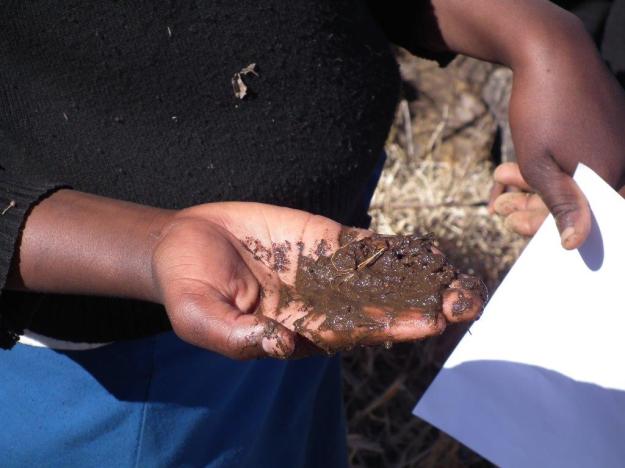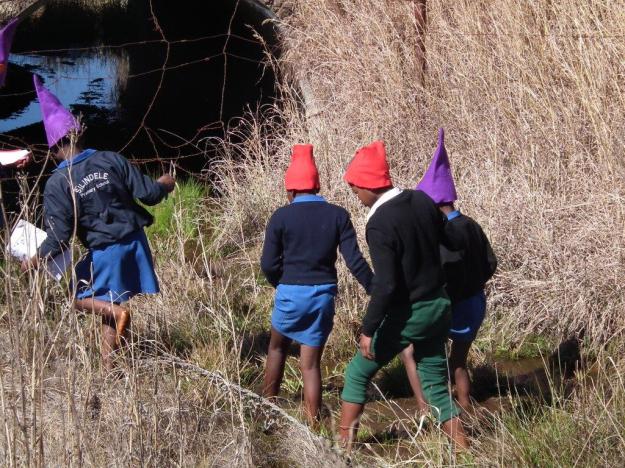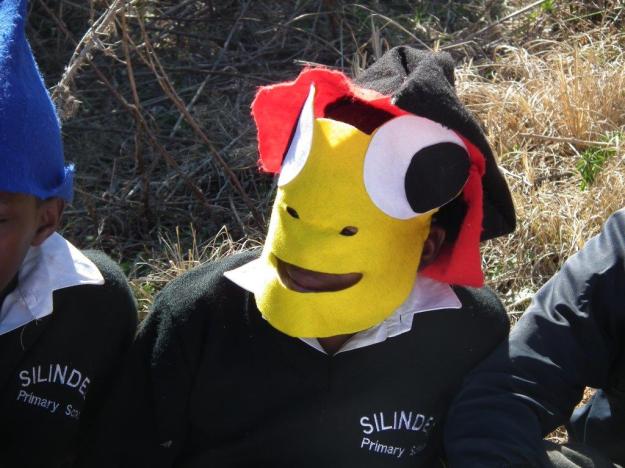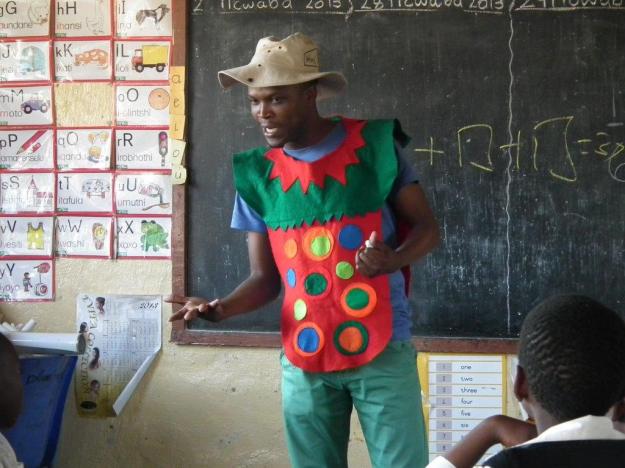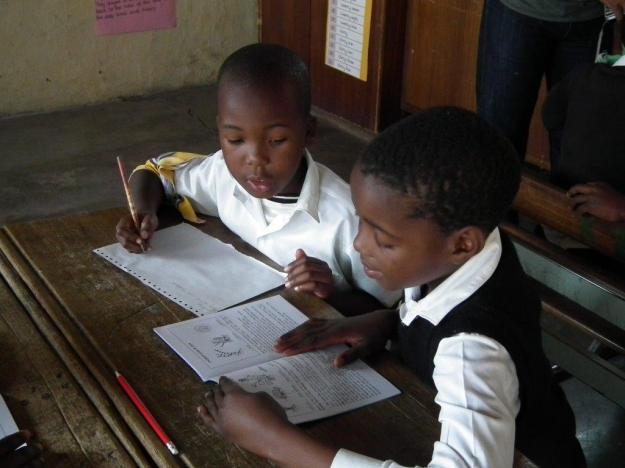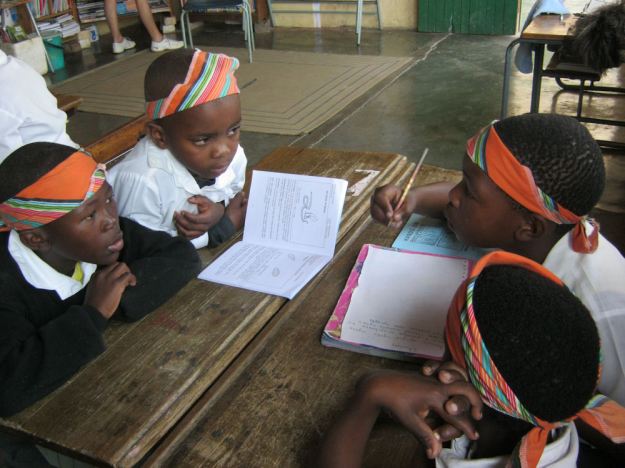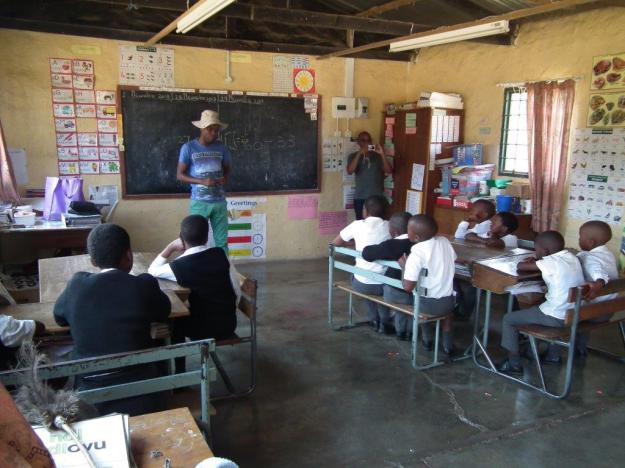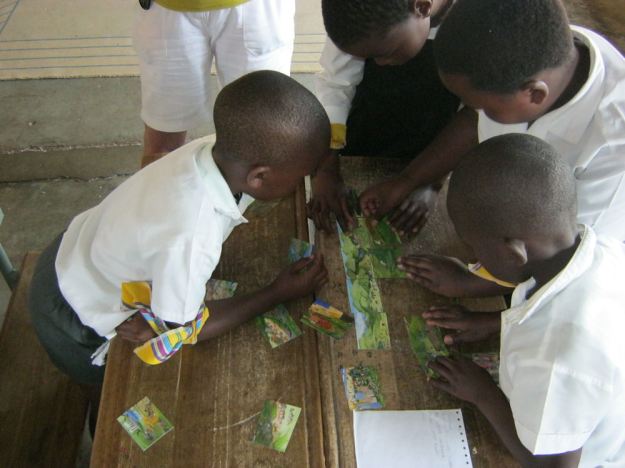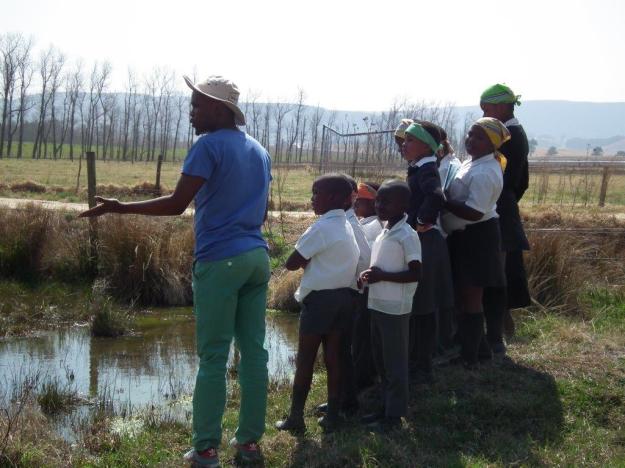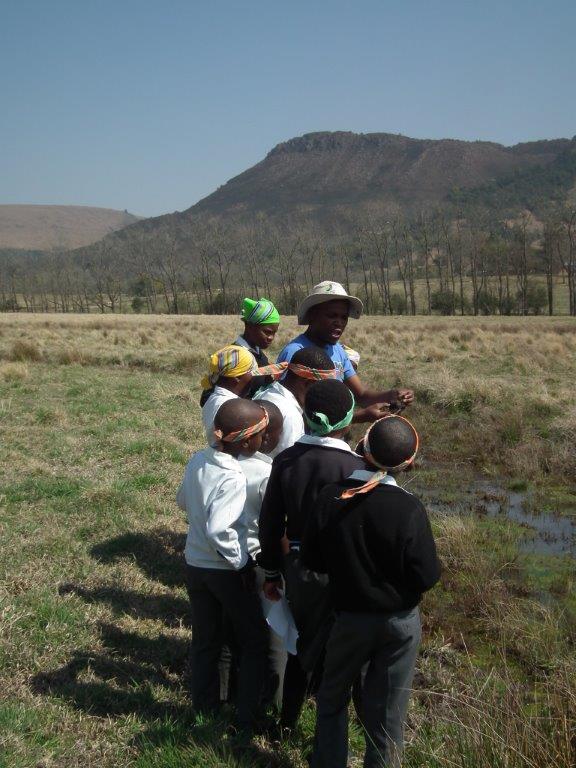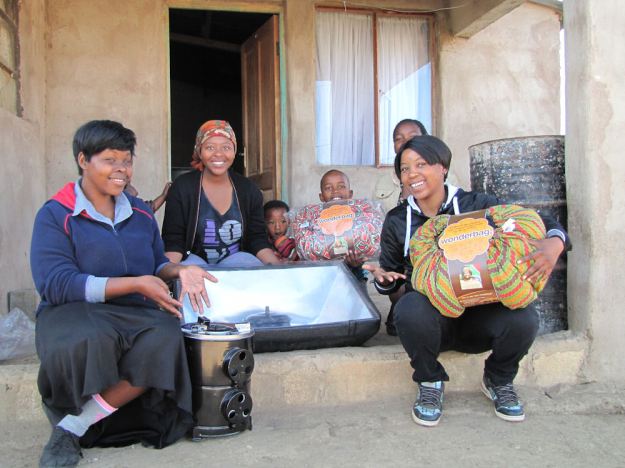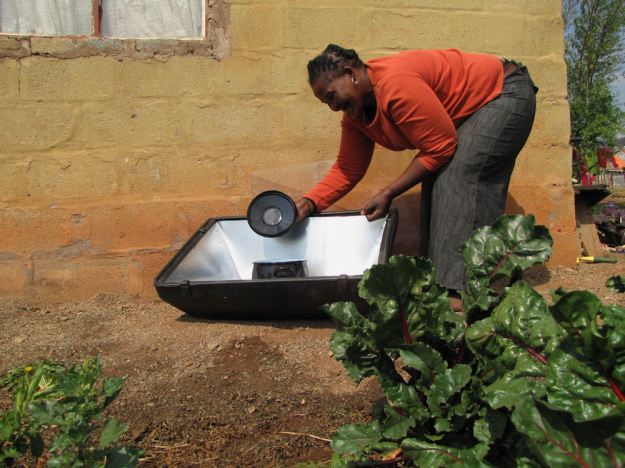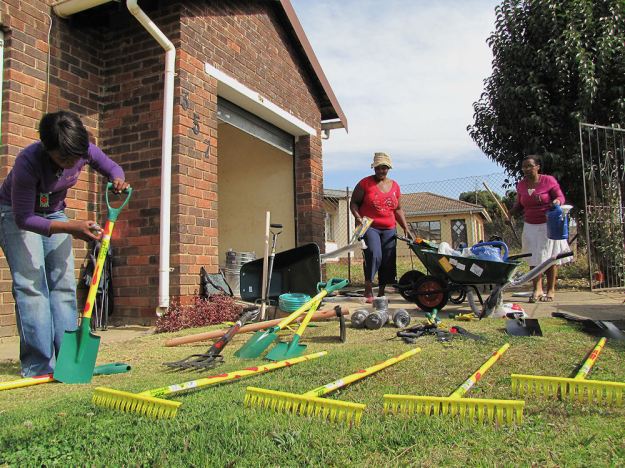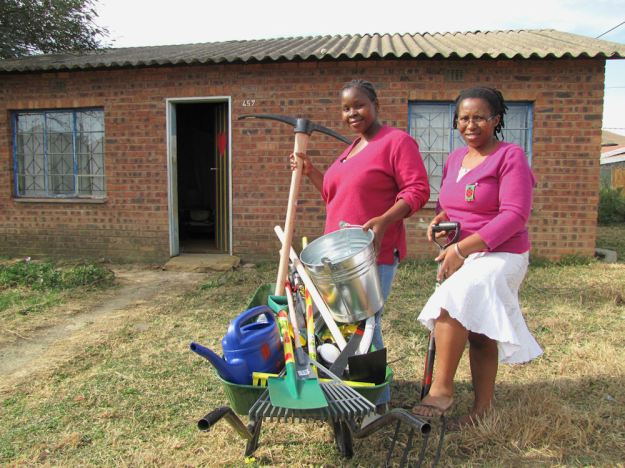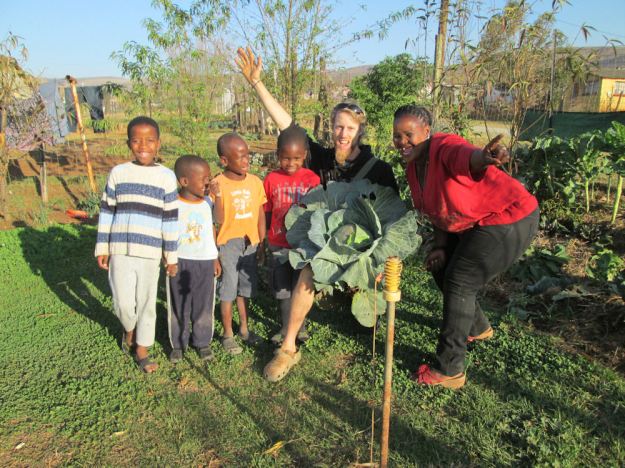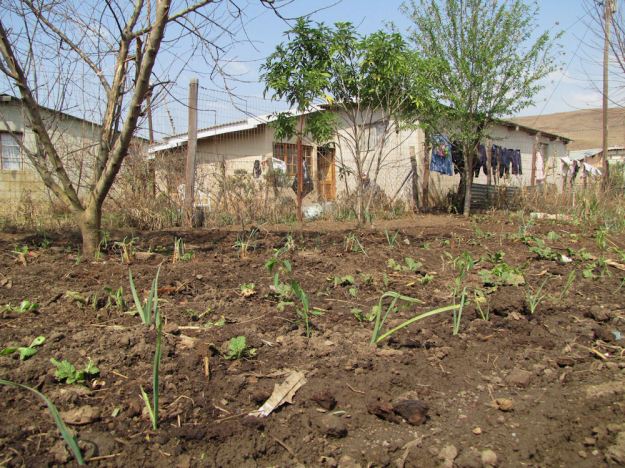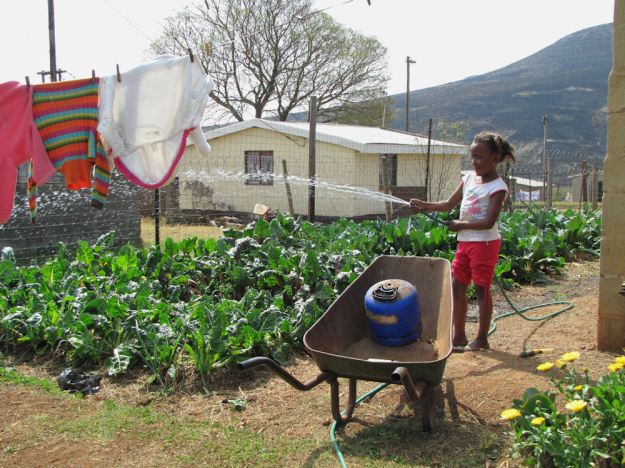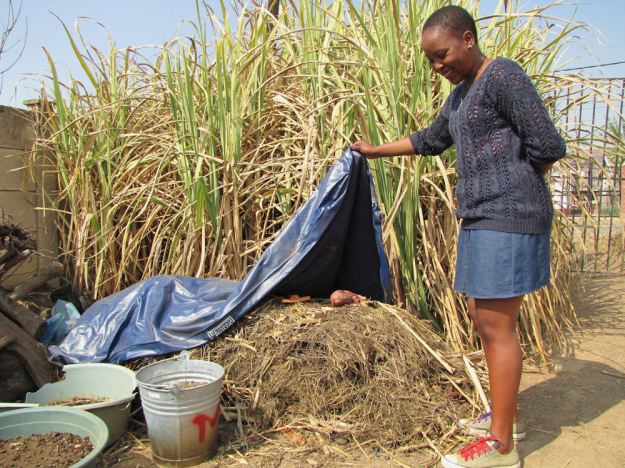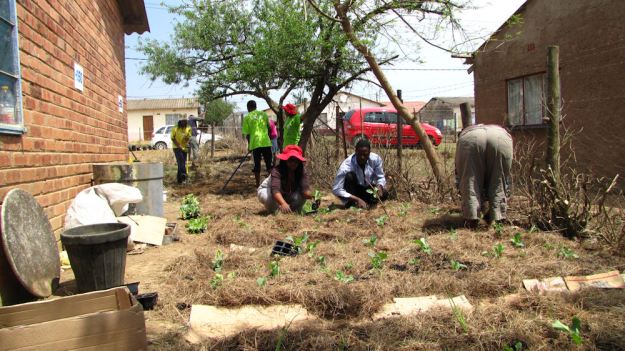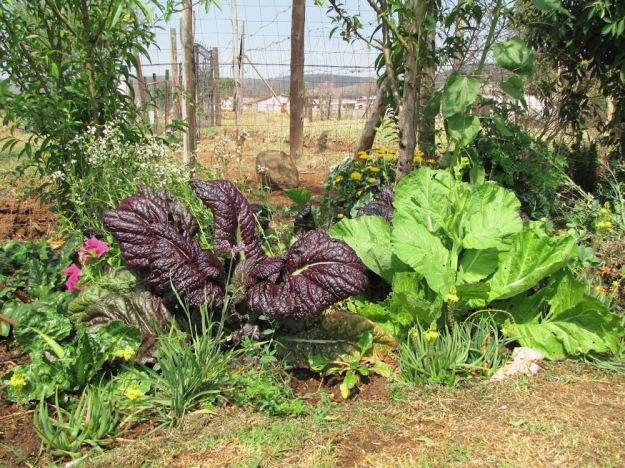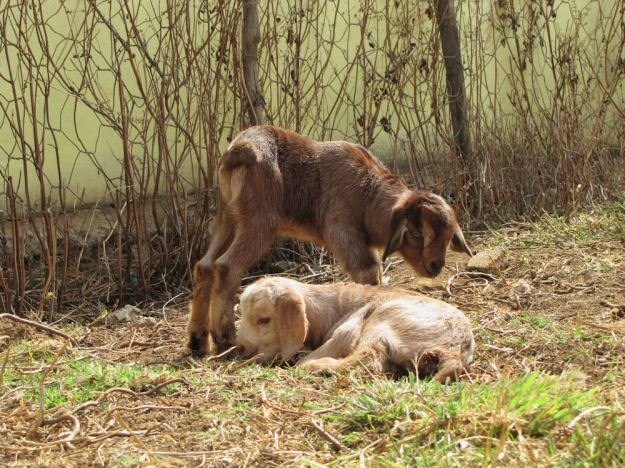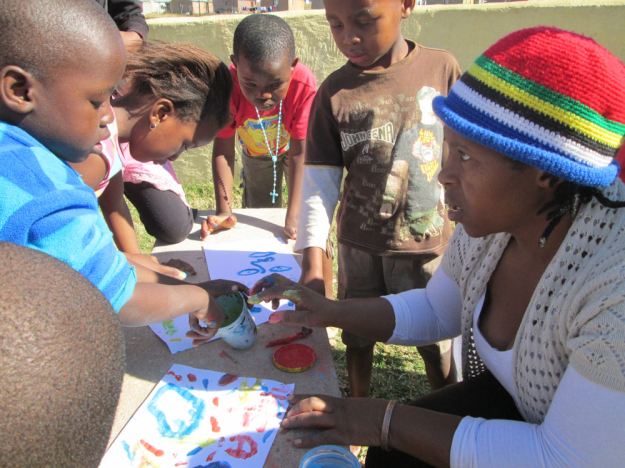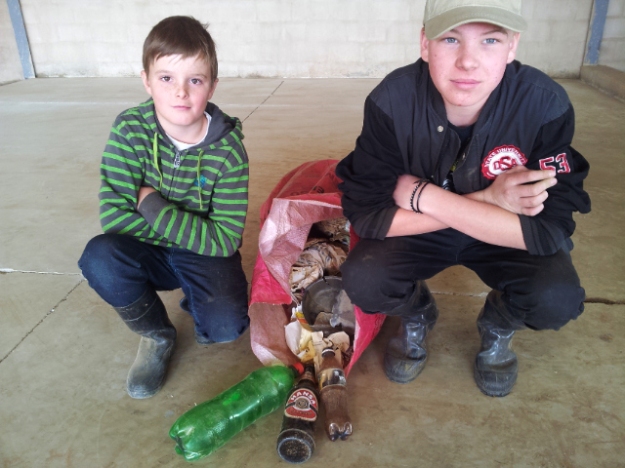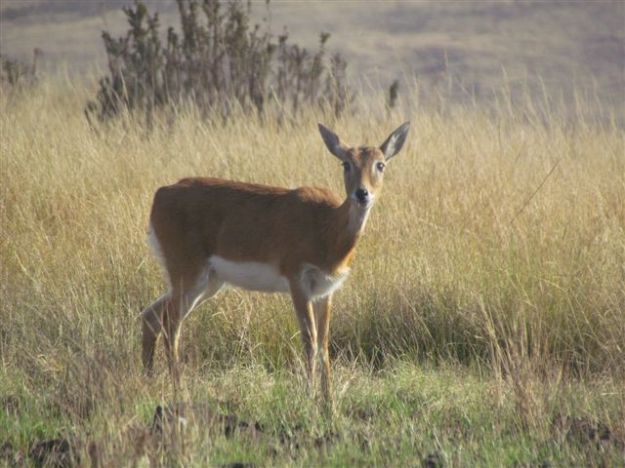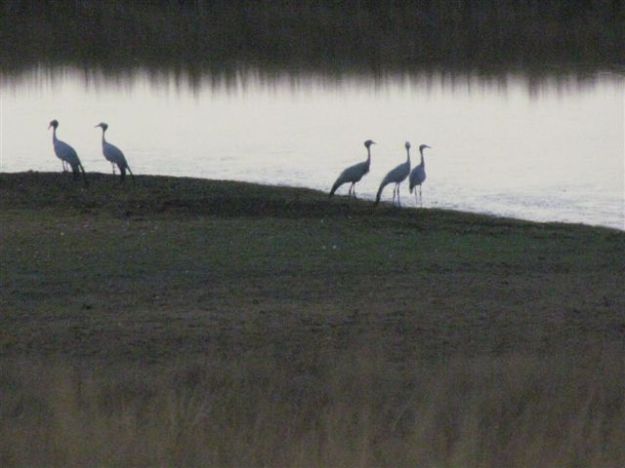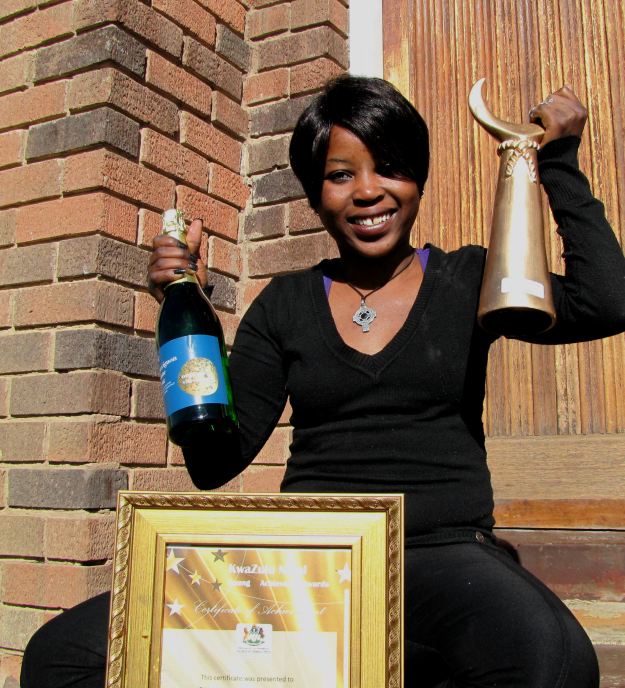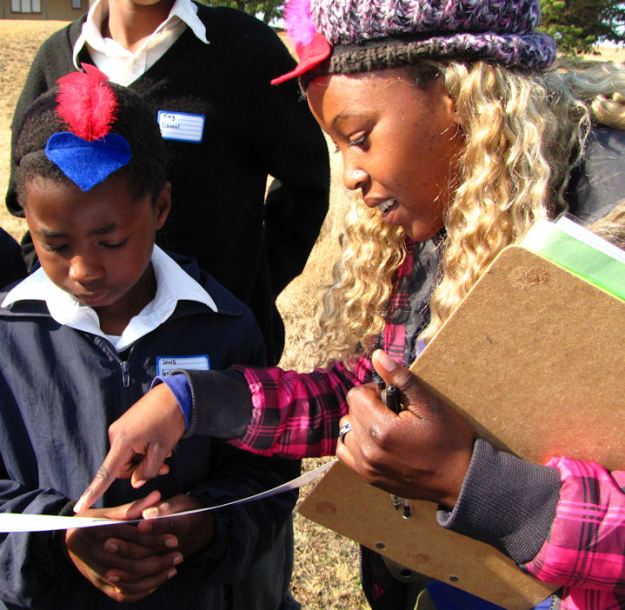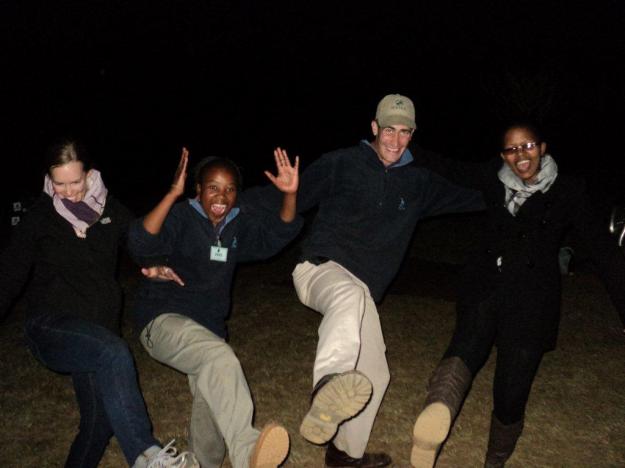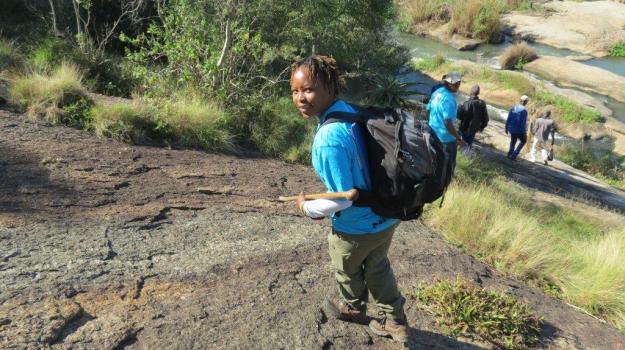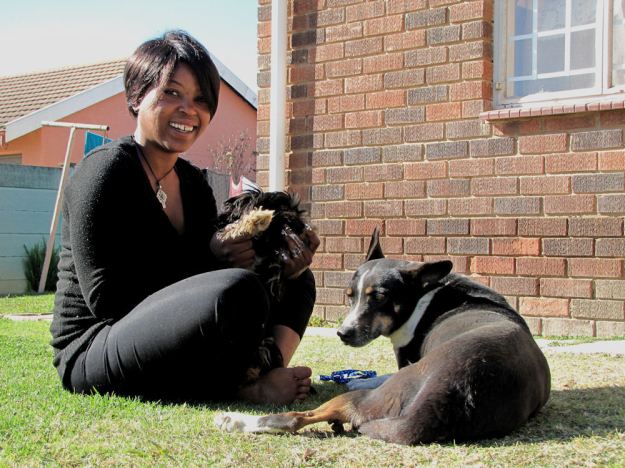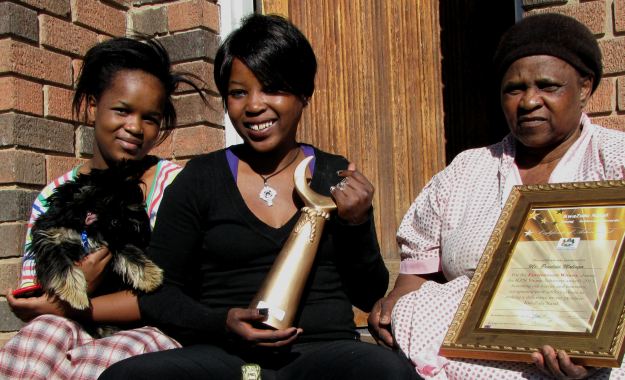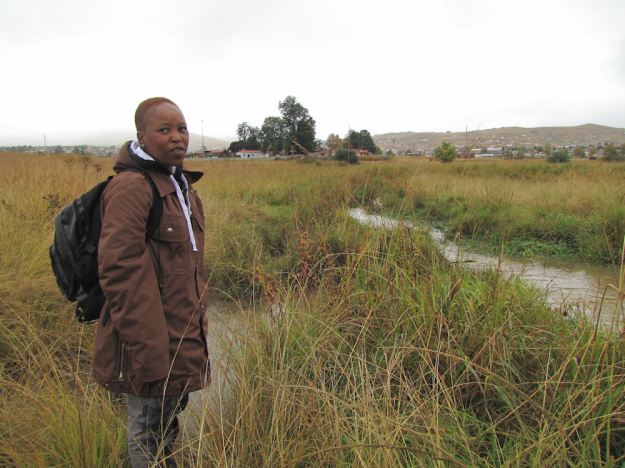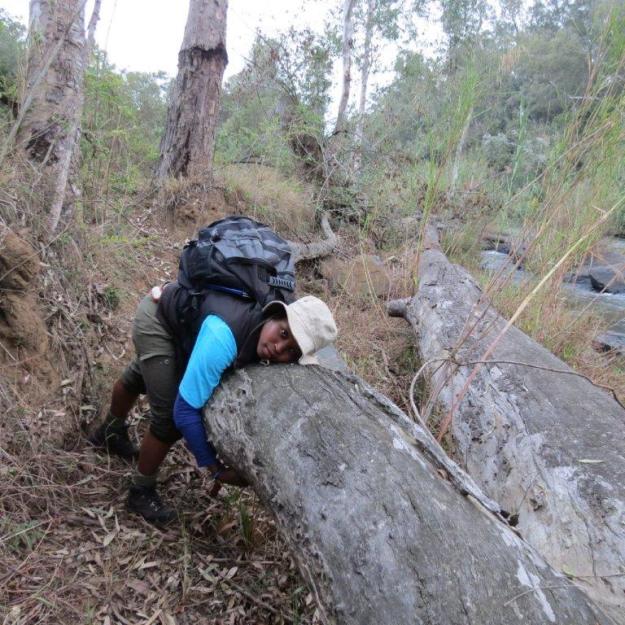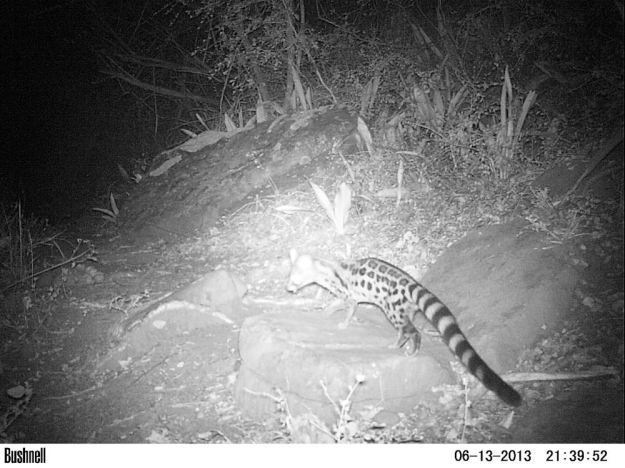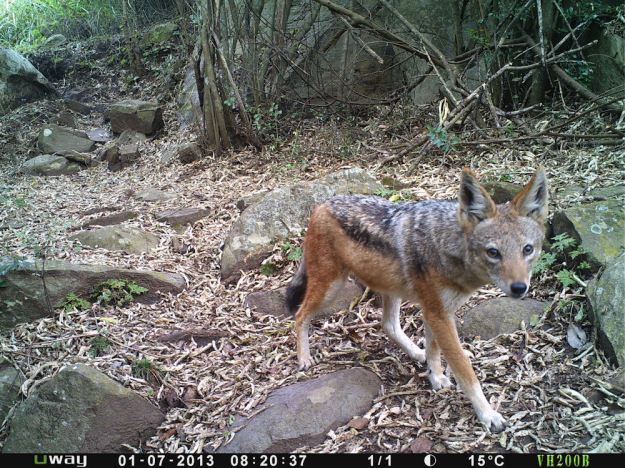FreeMe are raising some Jackal pups, and while they are thoroughly enjoying the experience, they realise that jackals are not everyone favourite animal.
Ros Marais of FreeMe coments: “A concerned farmer asked that they not be released anywhere near his property as he believes that they kill calves in a very unpleasant way. This is a very legitimate request.” This is the Free Me response to farmers and others who are concerned about their decision to rehabilitate jackals:
As a rule we do not rehabilitate jackals at all, because of the problem of finding a suitable release site. At the moment though we have had a request from a new reserve up near Phinda in Northern Zululand. They were previously surrounded by squatter camps and their jackal population was wiped out by distemper picked up from the local dogs. They are finding it very difficult to balance their reserve without jackals and the distemper virus stays in the soil for up to four years. Because we can inoculate for distemper with a 100% success rate, our jackals will be able to survive, breed and build up a viable population. All our releases are approved by Ezemvelo KZN Wildlife and they would certainly never approve jackal releases in a farming area.
Similarly, we are also very careful about the release of mongoose, genet, serval and all other predator sites. We will occasionally release antelope or birds in the Midlands, but nothing else. We do not release into Umgeni Valley Nature Reserve because of the poaching problem.
One of the FreeMe Jackal pups-
Recently, Neville van Lelyveld who regularly counts wildlife on a Dargle farm observed the following: No Jackals were seen with very little calling activity on Saturday night. A very interesting observation is that we have seen this before on a full moon evening, but only when there is little or no wind. When this is taken together with the very few sightings of antelope during the night, there appears to be a pattern or natural defence strategy between the prey animals and predators during full moons whereby if there is little or no wind their sense or ability to use sent as a form of defence in the case of the prey animals and form of hunting strategy for the predators is impaired and therefore there is less activity on both sides. This is a dynamic that we want to look into in the coming months. Although this was not a directly full moon weekend as the full moon was on the following Wednesday it was still fairly bright. These sorts of patterns are something that needs more investigation and understanding. There are however a lot of jackal tracks and scat to be seen all over the farm. It was interesting to observe that their main diet consisted of scrub hare’s and field mice based on the scat analysis done. On the odd occasion a dove feather can be found in their scat. This goes to prove that they are being sustained by their natural food supply. Based on the amount of scat there appear to be several jackals on the farm. A single jackal foetus was found on the road down to the Umgeni River, this is normally a sign of stress. It also supports that fact they are breeding. There were however not many new fresh tracks or scat found on Sunday morning which tends to support the theory mentioned previously.
An extract from D.T. Rowe-Rowe’s paper on WILDLIFE MANAGEMENT – BLACKBACKED JACKAL for KwaZulu-Natal Nature Conservation Service
The black-backed jackal, Canis mesomelas, is one of South Africa’s most controversial carnivores. The mere mention of its name is enough to throw many a sheep farmer into a fit of rage because of the reputation this jackal has gained as a killer of sheep. On the other hand, a grain farmer may not share the sheep farmer’s aversion, as he values any animal that preys on rodents.
Size and development: Adult jackals weigh between 6 and 11 Kg, with 8Kg being the average in most parts of Southern Africa. By the age of 6 months, young jackals have acquired all of their permanent teeth, and by the age of 12 months, they have almost reached full adult size.
Ecology
Black-backed jackals are distributed throughout South Africa, occurring in our deserts as well as in the high-rainfall grasslands, and from sea level to the summit of the Drakensberg. The jackal’s high degree of habitat tolerance and adaptability is well illustrated by the diet that differs from one region to the next.
In the most arid parts of the country jackals eat a high proportion of insects, whereas in high rainfall grassland regions, rodents form bulk of the diet. Wherever large amounts of carrion are available the jackal resorts to this food source, and takes advantage of opportunities, when they occur, to overpower and kill conveniently sized mammals such as hares, newborn antelope, or sheep (mostly lambs). So adaptable is the jackal that it will even feed on fallen fruit.
From a study done in a grassland region, of the Drakensberg, it has been estimated that in that particular area each jackal is capable of consuming approximately 1500 field mice or 500 vlei rats per year.
Habits
Until a few years ago little was known about the jackal other than details of its diet and that it caused problems in some sheep-farming areas. Radio telemetry, however, has made it possible to find out a great deal about the private life of an animal, which although widespread, is wary and secretive.
Black-backed jackals are predominantly nocturnal. Where they are not hunted, their activity starts just before sundown and reaches a peak shortly after dark. A second activity peak occurs shortly before sunrise. Jackals generally spend the daylight hours dozing and sleeping. In hot weather they lie in the shade, but when it is fine and cool, they lie in the sun. They very seldom lie in holes during the day.
Pair bonds are formed by jackals which are usually three years of age or older. Once mated, the pair remains together until one of the partner’s dies. When one partner dies the remaining individual wanders over a large area outside its territory, looking for a new mate. Most jackals’ pups are born during late winter or early spring, which is probably because this is the time of year when most carrion is available.
Initially the female suckles the pups, but they start to feed on solids at an early age and the adults then regurgitate food for them. Both parents feed and care for the young.
During the first 14 weeks of their lives, the pups remain in or around the natal den, which is usually a hole in the ground, then begin to forage with the parents. Although the average litter numbers five (litters of 2 to 8 have been recorded), it is seldom that more than one or two pups survive beyond the age of fourteen weeks. The number of surviving pups is largely dependent on the amount of food that can be provided during the early stages of their lives.
Mated pairs are territorial with both males and females defending the territory: males defending it against other mated males, and mated females defending it against mated females. When a young jackal reaches the age of a year it may remain within the parent pair’s territory and help them to feed and protect the next litter, or it may become a solitary wandering animal.
One of the primary factors that govern territory size, home range size, and jackal density is the amount of food. In the course of research done on jackals in Giants Castle Game Reserve in the Drakensberg of KwaZulu-Natal, it was found that the average size of mated pairs’ territory was 1900 ha. Immature jackals which were less than a year old, occupied ranges of about 900 ha within those of the mated pair, and the average home range size of a solitary non-breeding jackals was 3300 ha.
But what do these figures mean in terms of the total density of jackals?
It was estimated that in Giant’s Castle Game Reserve there is approximately one jackal pr 250 to 290 ha. The only other known density figure is reported from the Serengeti in Tanzania, where it was estimated that black-backed jackals occur at a density of one per 200 ha. Information from a study done in the Western Transvaal indicates that densities on farmland are lower. Sometimes jackals gather at large carcasses in numbers, which might create the impression that densities are higher. Such aggregations include jackals from more than one territory.
There are thus four components in black-baked jackal social groups: the progeny of the year; helpers which improve pup survival; and solitary non-breeding, non-territorial animals (some of which may previously have served as helpers). Solitary adults probably act as a reserve breeding population. The time at which they bear young will depend on the availability of food and territory. Apparently, very few black-baked jackals live longer than six or seven years. If jackals enter the breeding population at approximately three years of age, then by the time that a pair is six years old, their first progeny will be of breeding age.
The knowledge gained from the study of the social organisation of the jackal leads to a better understanding of this predator. As is the case with many other carnivores, the black-baked jackal is at the end of a food chain. So, although widespread and common in many areas, food is the limiting factor. The social system, which has evolved in jackals, ensures that there is sufficient food to go round and that the species continues to exist.



